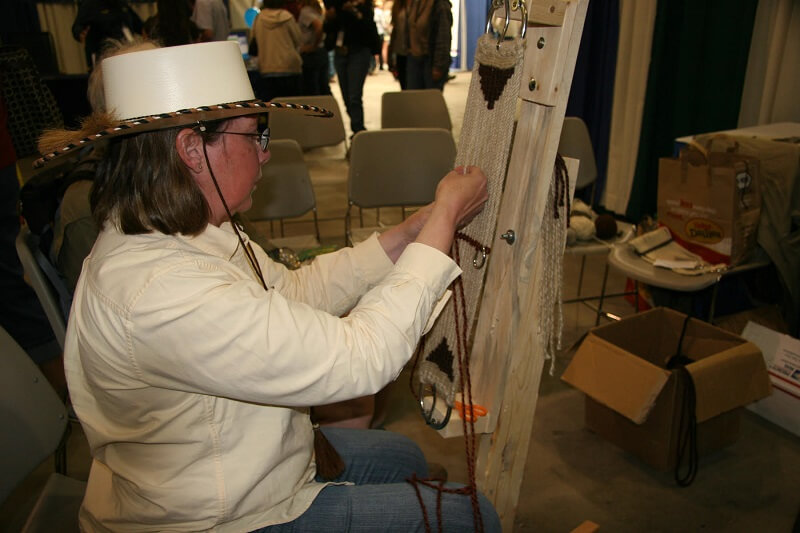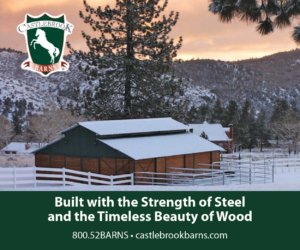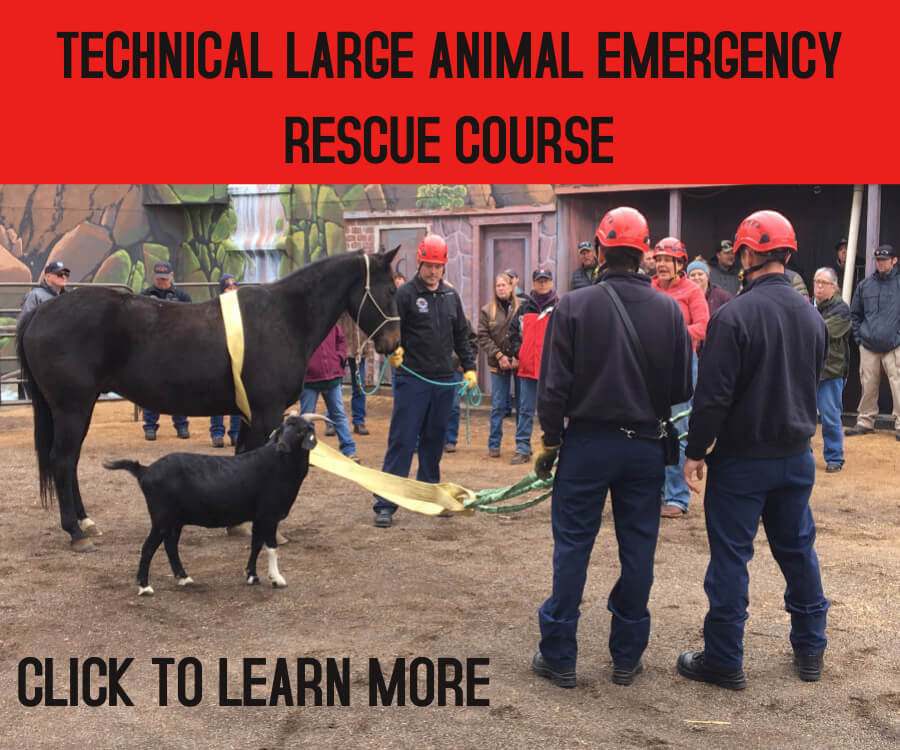The Western States Horse Expo, now in its 21st year, is adding to its list of educational presentations. Scheduled for May 9-12, 2019 at Murieta Equestrian Center in Rancho Murieta, California, the Expo’s “Horse Interest Workshops” offer hands-on classes in cinch making and braiding, all taught by master craftsmen. Class spaces are limited, so it’s strongly suggested that you sign up before the Expo.
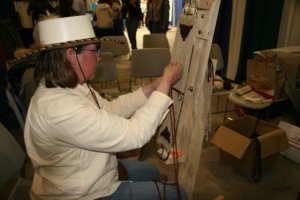
Master Cinch Maker Pop Wagner will teach mohair cinch making and the use of a loom and tools. You can sign up for just one day or all four days. Classes will include material for a 17-strand mohair cinch. A one-day class is $160 and all four days is $525. Advance registration is required and space is limited. To sign up for these classes, contact [email protected] or call him at 612.817.5898.
Gail Hought of Hought Fine Art and Leather is offering classes on leather braiding. Her three-hour classes for all four days of the Expo are scheduled in the morning and in the afternoon. Provided materials are pre-cut, prepared strings and mandrel. She will also offer information on bosals, nosebands, the heel knot, buttons, and all types of braiding. Other material and books will be available for purchase. Cost is $100 per class. To sign up, contact [email protected] or call 707.599.9493. You can also sign up at www.horsexpo.com/gail-hought.
If paracord braiding is more up your (barn) alley, Kayleen Johnson of Rebel Headdress is offering classes on 12-plait paracord braiding in a herringbone pattern. Students will accomplish a set of single loop reins in one or two colors. Durable and colorful, these reins are a signature look of quality equestrian gear. All material is provided for the $100 fee per class. If Hombre 6-colored braided reins are more your style, you need to enroll in two classes. Classes will be held each morning and afternoon for all four days of the Expo. To sign up for the classes, contact Kayleen at [email protected].
HISTORY OF THE CINCH
The cinch has been in use for nearly 3,000 years, and made an appearance around 700 B.C. in the Middle East when Assyrian warriors added straps to their decorative saddlecloths.
Cinches and girths have traditional roots in the skilled trades of horsemanship dating back for centuries as an essential component when using a saddle. The old cowboys and traditional Vaqueros wove their “cinchas” from horse, alpaca, camel, and/or angora goat hair. In much the same vein of the old Vaqueros, mohair is used in today’s cinch weaving.
Mohair is a natural animal fiber made from the hair of the Angora goat. The long silky hair is carded, spun and corded. The mohair is soft, durable, strong, lightweight and flexible. Mohair is very absorbent and breathable, thus very comfortable for the horse.
HISTORY OF BRAIDING
Braiding for reins and the history of the hackamore and mecate dates back to 4,000 BC. The first hackamore was probably a piece of rope placed around the nose or head of a horse, most likely adapted from equipment used to control camels. In 500 BC the Persians used a thick plaited noseband to control the horse’s head.
Hernando Cortez and his Spanish conquistadors invaded Mexico in 1519. These conquistadors were skilled in the art of leatherwork and braiding, and they taught the native Indians of Mexico how to braid and work with leather and rawhide. The Mexican vaqueros took pride in their horsemanship, and in the use and appearance of the leather and rawhide equipment they used. This art of rawhide braiding advanced significantly in California until around the late 1800s and early 1900s. In the early 1900s, employment on the ranches of California began to change, and the demand for the flashy style of the vaquero began to diminish. In the 1920s and 1930s grass rope began to be used for reins because it was cheaper for a cowboy to replace an entire broken grass rope than it was to repair or replace a riata. These and other changes brought about a decrease in the demand for rawhide braiding.
Today we have craftsmen like Luis Ortega to thank for keeping the artistic style of leather and rawhide braiding alive. Vaqueros used romal reins, and traditional rawhide braiders like Ortega took making romal reins to new heights with their braiding techniques, use of various hide types and colors, and silver elements.
For more information about the Western States Horse Expo and all it has to offer, visit www.horsexpo.com or call 530.672.7490.
About Western States Horse Expo: The 2019 location for the Western States Horse Expo will move to Murieta Equestrian Center, 7200 Lone Pine Drive in Rancho Murieta, CA. The event will celebrate its 21st anniversary May 9-12, 2019. The Western States Horse Expo Pomona, California will celebrate its eighth year in 2019, and Pomona dates are November 8-10. Founded by horsewoman and entrepreneur Miki Nelsen, the Western States Horse Expos are the largest equine expositions in the United States.
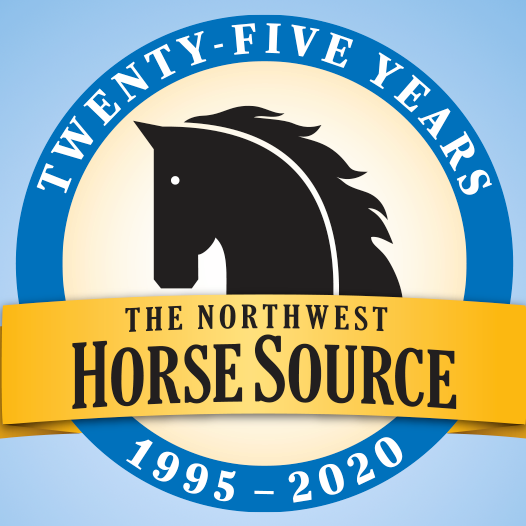
News from the horse industry. Sharing today’s information as it happens. The Northwest Horse Source is not responsible for the content of 3rd party submissions.


